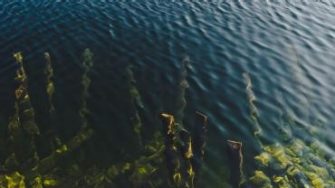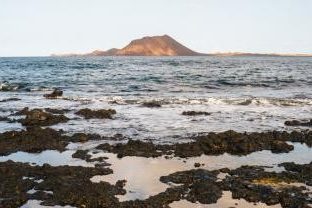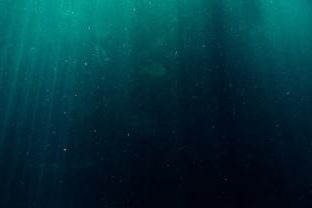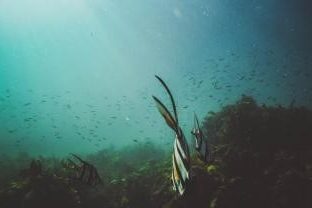
In the last ten years, the effects of disease on natural marine communities have become increasingly apparent.
It's likely that human impacts via pollution or climate change have played a major role in the prevalence and severity of these diseases. We're investigating the interplay between bacterial virulence and environmental factors, such as temperature, light and nutrients, and natural bacterial inhibitors to understand the development and impact of disease on seaweeds. Here we're using genomic and gene expression analysis together with site-directed mutagenesis to identify and characterise potential virulence mechanisms in model macroalgal disease systems.
We also perform environmental surveys to assess the prevalence of pathogens and determine how the natural microbial community shifts and the host responds to environmental stress and disease conditions.




